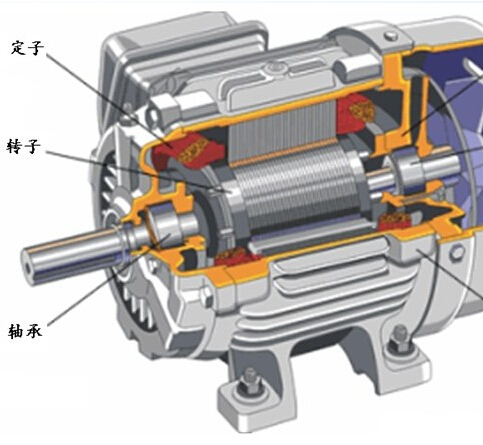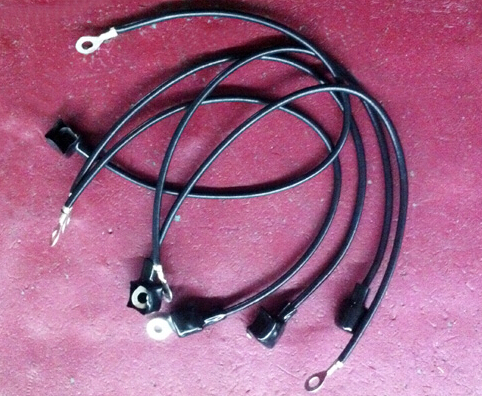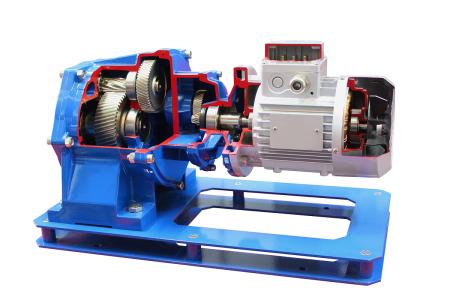Servo motor braking method is divided into the following three categories:
1, electromagnetic brake
① electromagnetic brake is through the mechanical device to lock the motor shaft.
② electromagnetic brake is generally activated after SVOFF, otherwise it may cause the amplifier to overload.
③ electromagnetic brake work does not need power.
④ electromagnetic brake work to be external relay control.
⑤ some hydraulic system to maintain the static position of the mechanical device to provide a larger motor output torque and stop a long time, if the use of servo self-locking function will often cause the motor overheating or amplifier overload, this situation will choose the belt Electromagnetic brake motor.
2, regenerative brake
① regenerative brake is the servo motor in the deceleration or parking will be generated by the energy through the inverter loop feedback to the DC bus, the resistance through the loop absorption.
② regenerative braking must be in the normal operation of the server to work, in the event of failure, emergency stop, power failure, etc. can not brake the motor.
③ regeneration brake work is the system automatically.
④ In the event of a fault, emergency stop, the server does not regenerate the brake when the power is off.
⑤ some servers have built-in regenerative braking unit, when the regeneration brake more frequently may cause the DC bus voltage is too high, then need to reprovision regenerative braking resistor.
⑥ regeneration brake resistance is required to reprovision, with how much of the regenerative braking resistor can refer to the corresponding sample instructions. It should be noted that the number of brakes on the general sample list is the data of the motor at no load.
⑦ the actual selection of the system according to the load inertia and the sample on the motor inertia, calculate the inertia ratio. And then the number of times the number of brakes on the sample list divided by (inertia ratio +1), so that the data is allowed to the number of braking.
3, dynamic brake
① dynamic brake by the dynamic braking resistor, in the fault, emergency stop, power failure through the energy consumption brake to shorten the servo motor mechanical feed distance.
② dynamic brake generally in the SVOFF or main circuit after the start of power, otherwise it may cause dynamic braking resistor overheating.
③ dynamic brake work without power.
④ dynamic brake work to be external relay control.
⑤ some systems, eg: transmission devices, lifting devices and other requirements of the servo motor can stop as soon as possible, while the system of mechanical inertia and large, dynamic brake selection depends on the weight of the load, the motor speed and so on.
















 RCCN WeChat QrCode
RCCN WeChat QrCode Mobile WebSite
Mobile WebSite
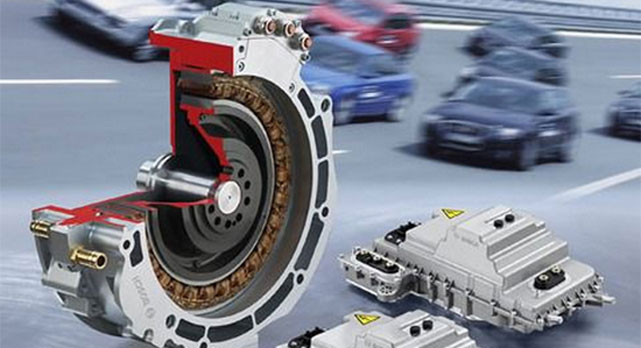
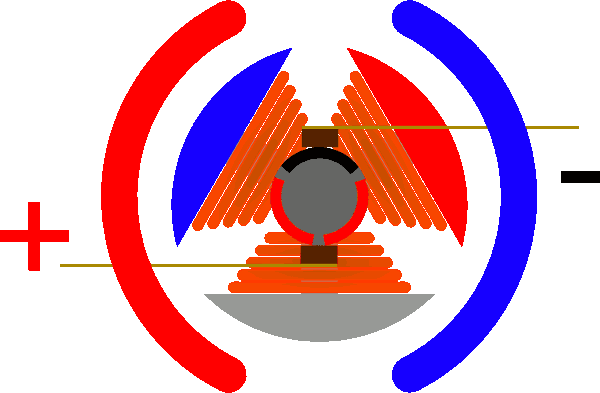
![[New energy] - electric motor principle](/upload/image/20170519/20170519090819_74516.jpg)
